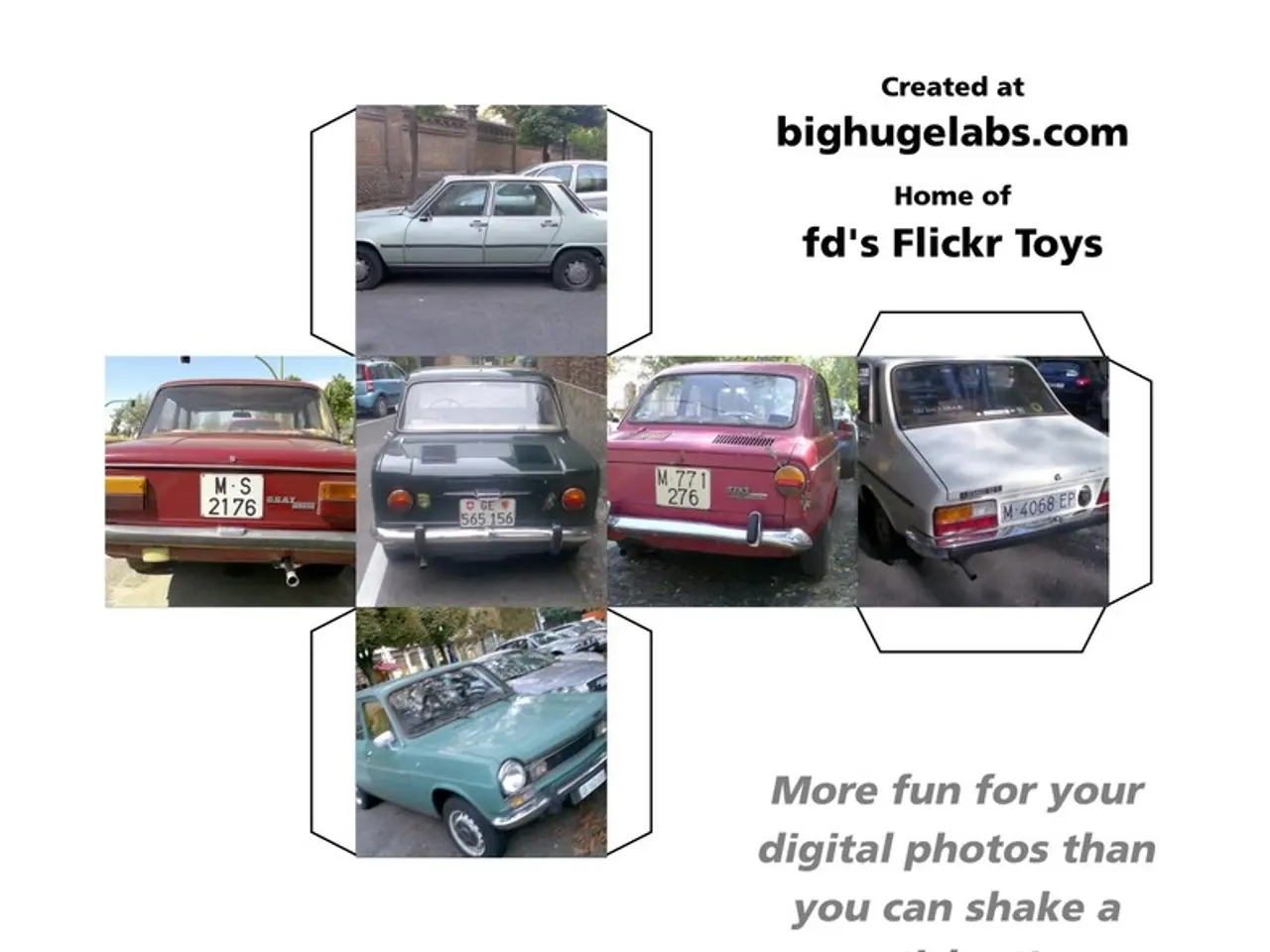China's Automotive Sector: Toyota's Peculiar Strategy for Self-Driving Cars
In the ever-evolving world of automotive technology, Toyota is making significant strides in China, the largest automobile market in the world. With approximately 200 carmakers vying for a piece of the pie, Toyota is standing out with its strategic approach to autonomous driving and electric vehicles (BEVs).
Toyota's strategy for autonomous driving in China focuses on integrating advanced LiDAR technology and deep partnerships with local tech firms. A key highlight is Toyota’s collaboration with the Chinese LiDAR company Hesai, to incorporate Hesai's ATX LiDAR into Toyota-affiliated new energy vehicles (NEVs) produced in China by 2026. This move marks a shift toward commoditized LiDAR adoption in mass-market vehicles, enabling broader Advanced Driver Assistance System (ADAS) deployment tailored for local market demands.
In addition to hardware integration, Toyota is also deepening ties with Chinese autonomous driving software providers such as Momenta. This partnership aligns with a broader industry trend where foreign automakers partner with local AI and autonomous driving startups to improve city coverage, cost competitiveness, and software capabilities—critical factors as Chinese consumers increasingly expect sophisticated smart and autonomous features.
This approach contrasts somewhat with Toyota’s domestic strategy, which emphasizes flexible manufacturing and modular platforms but less rapid deployment of full self-driving solutions. In China, the emphasis is on regional adaptation and collaboration to meet the fast-growing, fiercely competitive, and tech-savvy NEV market, where consumer expectations for autonomous technology and EV features are very high.
Chinese carmakers are currently leading on autonomous driving through aggressive investments in robotaxi services, wide-scale deployment, and integration with urban infrastructure. They focus on profitability beyond subsidies, rapid adoption of Level 4 autonomy in specific use cases (like self-driving taxis), and leveraging state policy support to dominate the market.
The Toyota Dream Car Art Contest, a segment within the show, received entries from children worldwide, showcasing visionary vehicles integrated into daily life and filled with hope for the future. The contest underscores Toyota's commitment to maintaining its focus on the importance of cars connecting with human passengers, even in the era of autonomous driving.
Unmanned autonomous taxis are currently operating on public roads in China, a testament to the country's rapid advancements in autonomous driving technology. However, it is not specified whether the autonomous driving technology being developed by Toyota is exclusive to China or will be implemented globally.
Tatsuro Ueda, Toyota's CEO for the China region, discussed local IT technology developments and the momentum of BEVs during the show. He also addressed the connection between Toyota's operations and China's "zero COVID" strategy, emphasizing the company's commitment to adapting to the unique challenges presented by the current global health crisis.
In summary, Toyota’s strategy in China is characterized by partnering with leading local LiDAR and AI software providers (Hesai and Momenta) to boost Level 2+ autonomous capabilities, tailoring EV and autonomous offerings specifically for the Chinese market through localized R&D and joint ventures, and leveraging commoditized technologies to enable mass-market adoption rather than exclusively pushing for higher-level full autonomy immediately. This contrasts with Chinese OEMs' broader ambition and government-backed momentum toward Level 4 autonomy and robotaxi commercialization, underscoring Toyota’s more pragmatic, partnership-driven and incremental approach within the competitive and rapidly evolving Chinese mobility landscape.
- Toyota's strategy for autonomous driving in China involves partnering with local LiDAR company Hesai and AI software provider Momenta, aiming for wider adoption of Advanced Driver Assistance System (ADAS) tailored for local market demands.
- The collaboration with Hesai and Momenta is a part of Toyota's approach to integrating advanced technology, such as LiDAR, into their new energy vehicles (NEVs) produced in China by 2026, with a focus on enhancing autonomous driving capabilities.
- In addition to hardware integration, Toyota is also strengthening its ties with Chinese technology firms, aiming to improve city coverage, cost competitiveness, and software capabilities, essential factors as Chinese consumers expect sophisticated smart and autonomous features.
- Unlike Toyota's domestic strategy, which prioritizes flexible manufacturing and modular platforms, the company's strategy in China emphasizes local adaptation, collaboration, and incremental development to meet the fast-growing, competitive, and tech-savvy electric vehicle (EV) market in China.




